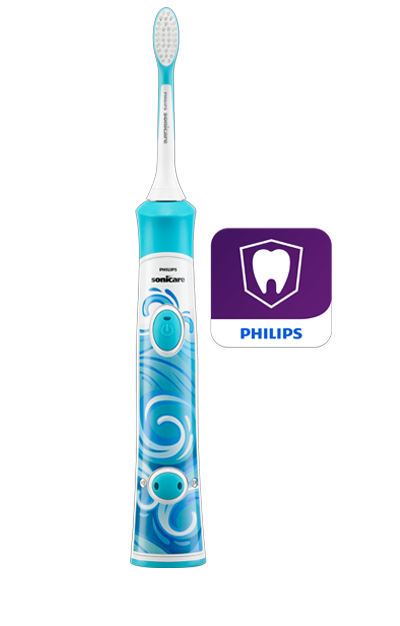For the busy child, risk of dental caries
(cavities) is high. Being out of the house for long periods of time means
eating on the go. I find myself face to face with an important question when
supporting the dental health of busy families in our communities: How can I
provide easy to use information so parents feel empowered to feed their kids
tooth friendly snacks on the road between school, dance, swim, hockey, piano,
etc.?
The landscape of articles on healthy and
time convenient snacks for kids on the go is vast. Detailed lists of ingenious
recipes are an easy Google search away. The parental toolbox is full, and back
pockets of tricks are brimming at the seams, but with that, I would like to
squeeze another conversation into the mix – one that focuses on food choices for nutrition breaks
supporting dental health.
For busy families the equation can be quite
simple by choosing tooth healthy foods and limiting
the frequency (not amount) of carbohydrates. This means enjoying a nutrition period of 10-15 minutes, followed
by a couple of hours of no food (water only). Carving out time for our
teeth to have a break allows acids in the mouth to neutralize and teeth to re-mineralize
rather than decay.
The goal of a nutrition period is to nourish
the child with plentiful energy.This can be done by enjoying snacks full of
proteins and fats while limiting the carbohydrates to crisp veggies and fruits,
which won’t stick easily to our teeth. Proteins and fats are ideal sources of
energy– you get more calories per gram of food and it won’t get metabolized
by cavity causing bacteria, meaning only your child gets fed, not their sugar
bugs.
Here is a list of some great on the go
tooth healthy foods to include in your child’s nutrition break:
Veggies such as carrots, celery, cherry tomatoes,
peppers, snap peas
Hummus
Kale chips or dried seaweed
Dairy choices such as plain yogurt and cheese
cubs
Pepperoni sticks
Nuts and sugar free nut butters or soy
butter alternatives
Tofu sticks
As the title of this article suggest these
ideas are for active and scheduled children, meaning busy parents too. If buying
packaged foods is your time saving go to, be sure to read the Nutrition Facts box, selecting products with higher fats and
proteins and lower carbohydrates and sugars.
It
is what we eat and when we eat that make a significant impact on dental health for kids and for the whole family. Adding these tips to your child’s
daily routine will make them feel satiated and energized while making their
teeth, mouth, and of course their dentist smile!





